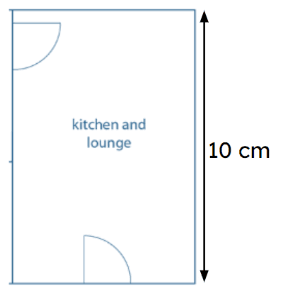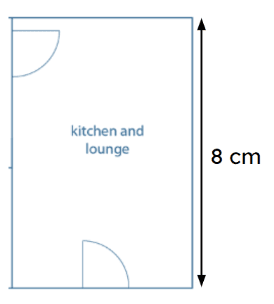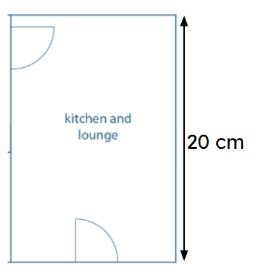Myths about teaching can hold you back
Learn why
New
New
Lesson 7 of 10
- Year 6
Use knowledge of multiplication and division to solve scaling problems in a range of contexts
You can use knowledge of multiplication and division to solve scaling problems in a range of contexts
Lesson 7 of 10
New
New
- Year 6
Use knowledge of multiplication and division to solve scaling problems in a range of contexts
You can use knowledge of multiplication and division to solve scaling problems in a range of contexts
These resources were made for remote use during the pandemic, not classroom teaching.
Switch to our new teaching resources now - designed by teachers and leading subject experts, and tested in classrooms.
Lesson details
Assessment exit quiz
Download quiz pdf











